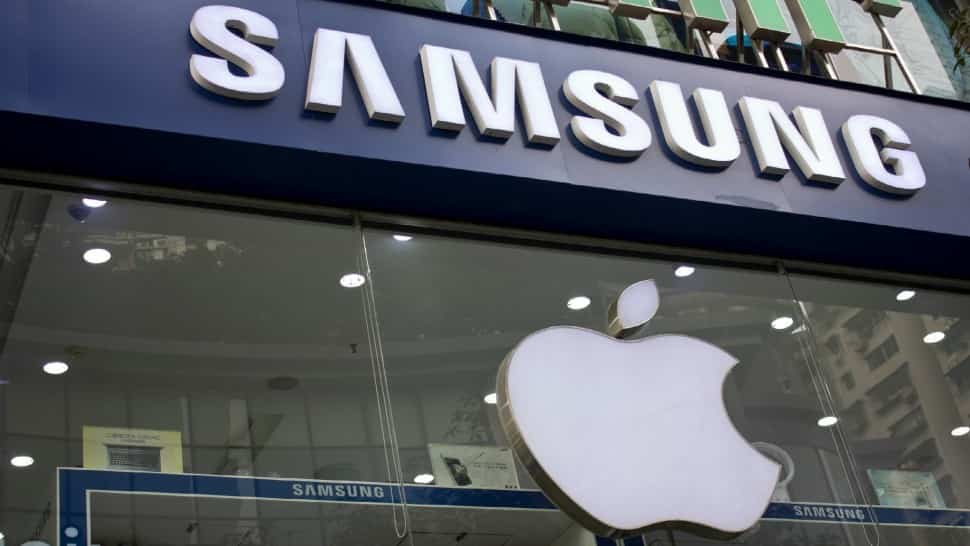Global Demand for Smartphones Fall Due to the COVID-19
The COVID-19 continues to grow, expand, and take lives around the world. As major nations come to terms with lockdowns and the road ahead, the global economy is reeling in the aftermath. Most parts of the economy have been facing the brunt of the pandemic, as it shut down stores and production centers. Everything from traditional schooling to tourism has undergone massive changes due to the COVID-19. One of the most noticeable effects of the pandemic may be felt in all company’s smartphones sales. Here’s a look at what impact the novel coronavirus has had on the smartphone industry globally.
Decline in Smartphones Sale
Studies show that due to the pandemic, smartphone markets to suffer witnessed a first-quarter year-on-year decline. As per studies done by firms Canalys and Counterpoint Research, there has been a 13% drop in global shipments. Furthermore, Counterpoint estimates a dip of 27% in China, while Canalys’s calculations show 18% for the same. However, whichever number you choose to look it, experts agree that there has been a global slowdown. Ever since 2014, this is the first time, global shipments have fallen below 300 million. All these changes have been brought forth by the falling demand for phones and the abrupt collapse in China.
First-Quarter Slowdown
Close to the end of the first quarter, the COVID-19 had spread around the world, leading to mass lockdowns. At this juncture, disruption spread from the supply chain to the demand curve, and the industry slowed down. As lockdowns of differing severity came into place around the world, the demand for smartphones fell drastically. Samsung, Apple, and Huawei, still hold their position as the world’s most prominent smartphone vendors. Out of the three, Apple has witnessed the least decline in shipments this year. Furthermore, Xiaomi is growing within the space, capturing 10% of the market share for the first time.
However, these restrictions and bans have crushed new demand, leading to a massive slowdown. During February, when the pandemic was at its peak in China, manufacturing centers were shutting down. Most vendors were concerned about getting access to hardware parts. Many of them ordered in bulk and tried to ensure that they build enough of these smartphones. However, a month later, the entire situation flipped wholly on its head. As the COVID-19 spread aggressively to the west, affecting the US and the whole of Europe, demand began to fall. While manufacturing centers are back on, the rest of the world is in lockdown, leading to a plummet in demand.
New Releases
Apple, for instance, has the iPhone 12 to release, and it is a big one as it is the first to make use of 5G technology. Several media houses have come out with news stating that Apple is considering delaying the launch to gain a better impact. The same could hold true for the new releases of Samsung and Huawei smartphones. Since most manufacturers rely on hardware components from China and South Korea, production took a hit last month.
Compared to the same time the previous year, China’s shipment of smartphones fell by 40%, as per IDC. Their research also states that the Chinese buyers will buy 33 million fewer phones, due to the COVID-19. The firm believes that the same will hold true for most of Western Europe and the US. Since smartphones may contain hardware from over 40 countries, their supply and demand cycles are hard to quantify. With millions out of work, buying new smartphones has become a luxury that people cannot afford. Unless they need to replace a broken phone, no one is considering a new purchase.
Therefore, replacement cycles for smartphones have grown longer, with most opting to use their old ones as far as possible. However, experts believe that the real impact of the pandemic will only be felt next quarter. Q2 will face the main brunt of the COVID-19, and its actual effect on the smartphone industry may be seen then. Not only will the COVID-19 test the strength of several companies, but small retailers will not survive without support from the government. While there is a lot we do not know about the novel coronavirus, one thing we are sure of is that it will have a lasting effect on the global economy. It will also most likely have a long-lasting effect on the smartphone market.

Being a cinephile with a love for all things outdoorsy, Athulya never misses a chance to chase inspiring stories or poke fun at things, even when the subject is herself. Currently pursuing a degree in mechanical engineering, she is someone innately interested in technical and scientific research. Music reviews and op-eds define her as they allow her to explore different perspectives. Though sometimes she thinks she makes more sense playing the guitar than she does while writing.



